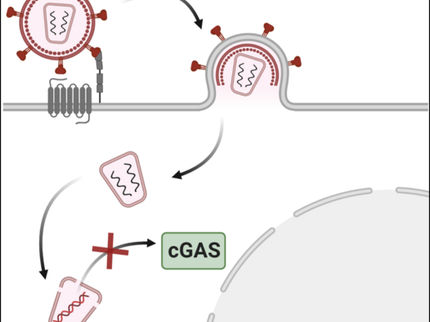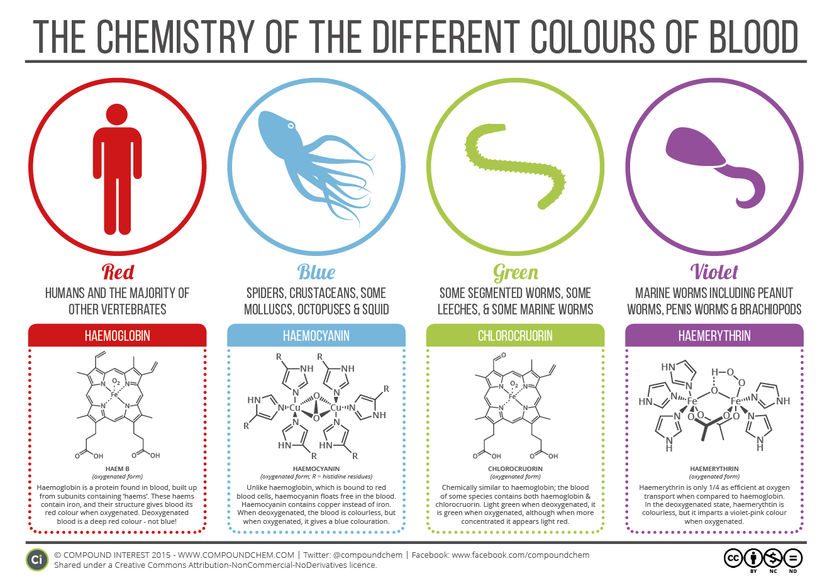The Achilles’ heel of HI virus
Advertisement
The first line of defense of the immune system against pathogens is innate immunity. It is based on specialized sensor proteins, the receptors. These receptors detect foreign structures, for example, cell wall components of bacteria or also the genetic material of viruses. A cellular molecule known as cGAS acts as a genetic material sensor. When cGAS detects viral DNA, the sensor immediately sounds the alarm. A cascade begins during which the immune system is activated and the cell and its neighbors arm themselves against the viral infection.
The DNA of many viruses is double-stranded: It consists of two threads wound around each other like two cables twisted together. To date, it has been thought that cGAS can only identify such double-stranded DNA. By contrast, the genetic material of retroviruses such as HIV-1 consists of RNA. RNA is closely related to DNA, however it is always single-stranded in retroviruses. If retroviruses multiply in human cells, the RNA is "transcribed" into DNA. But this is then also single-stranded. It was an equally large surprise to discover that cGAS is also activated by the HI virus 1.
Twisted DNA
Various working groups have recently provided the first step towards an explanation: They were able to show that single-stranded DNA can form what are known as "hairpin" structures. DNA structures of this type thus form short double strands and these are detected by the cGAS sensor.
"The hairpin structures which can form in the case of HIV-1 are actually too short to be detected by cGAS," says Dr. Martin Schlee. The researcher from the Institute of Clinical Chemistry and Clinical Pharmacology at the University of Bonn Hospital is the senior author of the study. Together with cooperative partners from Bonn, Munich and Erlangen, his working group was now able to show why it nonetheless worked: in addition to the short, double-stranded piece, cGAS also detects special building blocks in the non-twisted, single-stranded piece, known as guanosines. As a result, the cellular response is significantly increased. "If we remove the guanosines from these structures, the cell can no longer react to the single-stranded DNA," explains lead author Anna-Maria Herzner. "By contrast, if we add in additional guanosines, cells react more strongly."
How HIV-1 viruses circumvent the immune system
Interestingly, the DNA which develops during the HIV-1 infection is particularly lacking guanosines. "HIV-1 viruses appear to have been selected by the immune system to eliminate guanosines from their DNA," says Prof. Dr. Gunther Hartmann, Director of the Institute of Clinical Chemistry and Clinical Pharmacology as well as spokesperson of the ImmunoSensation excellence cluster. "They may thus be able to partially avoid discovery by the cell."
A new work from the Massachusetts Institute of Technology (MIT) in Boston shows that this DNA detection is actually of major clinical significance. There are people infected with HIV-1 who suppress the virus so well that it can no longer be detected. Certain immune cells of these so-called "elite controllers" accumulate so much HI virus DNA that they can nonetheless be detected – possibly via the guanosines that still remain. They trigger such a strong immune response that the virus is permanently suppressed. Thus the HIV-1 genetic material appears to also be detected in these immune cells via the mechanism discovered by Dr. Martin Schlee and colleagues.





















































